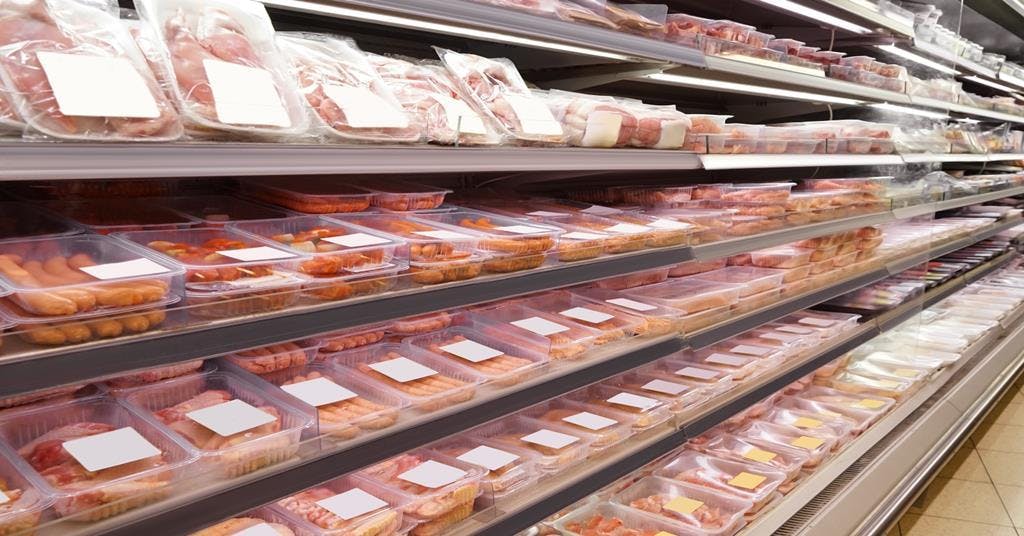
RFID in Grocery Stores - Five Key Points To Consider.
The Product [RF] ID working group had a chance in May to reflect on what is known about the use of RFID in grocery retail stores, with three retailers sharing their learnings from their trials and deployment in the fresh meat categories, with other retailers and academics contributing to the discussion.
Here are the five biggest takeaway learnings for retailers from this discussion.
#1: RFID in Grocery Is Technically Feasible but Economically Challenging
Retailers have demonstrated that RFID can technically work in grocery environments, including with complex products like meat. However, the business case remains difficult to justify due to high tag costs, production line integration challenges, and the need for widespread supplier adoption.
#2: Case-Level and Tray-Level Tagging Offer the Most Immediate Value
Among the different levels of RFID application (pallet, case, item), case/tray-level tagging emerged as the most promising. It provides better inventory visibility and intake accuracy without the high costs and technical hurdles of item-level tagging, especially in environments with high product turnover and perishability.
However, one early RFID "unlock" for some retailers has been the use of RFID labels for in-store production items, with tags applied in the store not upstream, such as bakery items, to improve inventory visibility on the floor, more accurately and at less cost, to inform better production planning. Click for Kroger example.
#3: RFID Enables Operational Efficiencies and Shrink Reduction
Retailers reported improved stock accuracy, faster inventory counts, and better date rotation using RFID. In some cases, RFID also helped reduce theft by enabling real-time detection of unpaid items at the exit and improving shelf availability, particularly for high-value items like meat and alcohol.
#4. QR and 2D Barcodes Are Viable Alternatives for Some Use Cases
While RFID offers unmatched speed and automation, 2D barcodes and QR codes can deliver many of the same benefits (e.g., date tracking, markdowns) at a lower cost. These alternatives are being actively explored as interim solutions or as a complementary technology to RFID.
#5. Supplier Integration and Standardisation Are Major Barriers
A recurring theme was the difficulty of integrating RFID into supplier operations, especially for fresh food lines with fast-moving production and multiple, sometimes very small, vendors. One retailer shared that in their fresh category, they had over 350 vendors, some local vendors are supplying less than 5 stores. The encoding of RFID tags in real time, for the date code application, would be a huge change for many. For the retailer, managing multiple suppliers with varying capabilities will be and remain a significant hurdle.
Notwithstanding the above points, interest remains super high in RFID, over thirty different retailers participated in the meeting, including Albert Heijn, Auchan, Carrefour, Coles, Jumbo, Lidl, Mercadona, M&S, Target, Tesco, Sainsburys. Walmart and Woolworths
If you would like to join this working group, click here.
May 30, 2025
Main office
ECR Community a.s.b.l
Upcoming Meetings
Join Our Mailing List
Subscribe© 2023 ECR Retails Loss. All Rights Reserved|Privacy Policy
